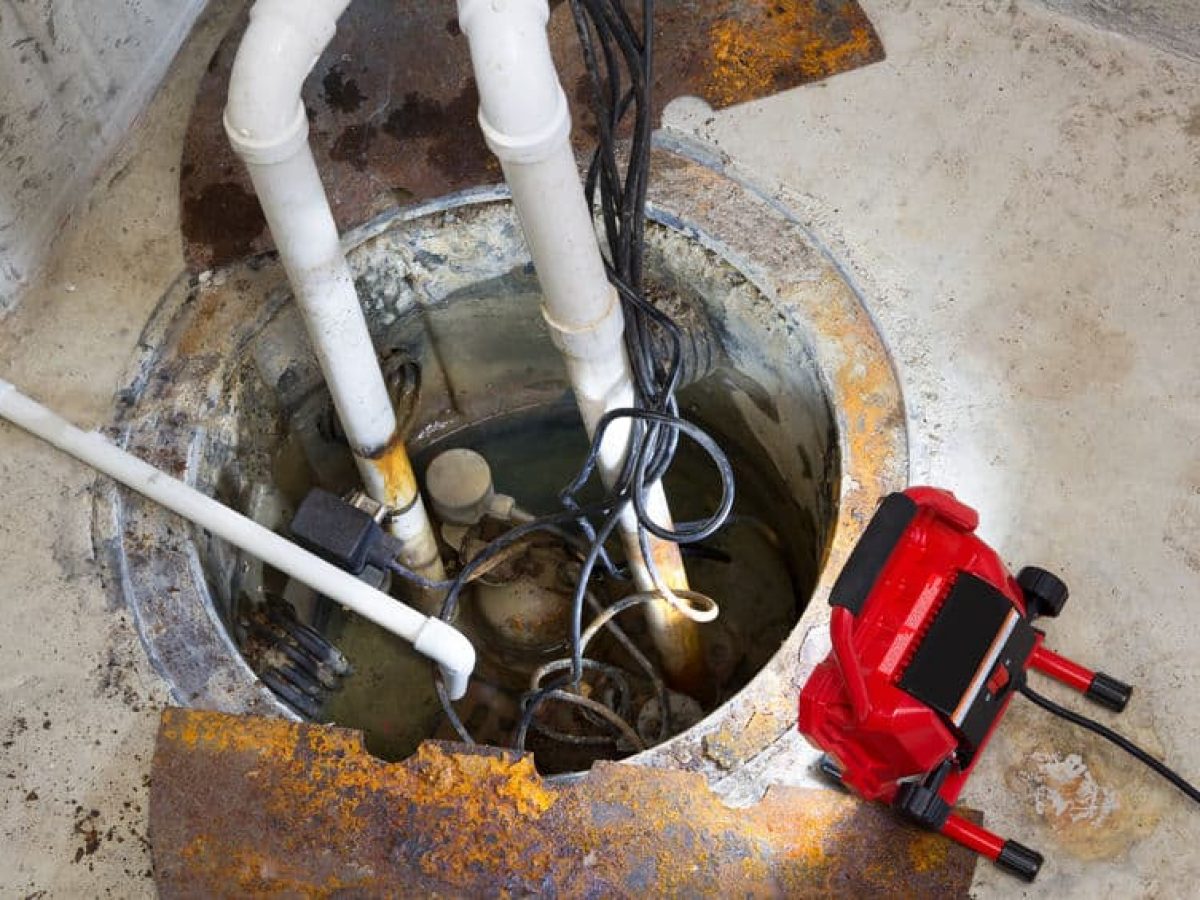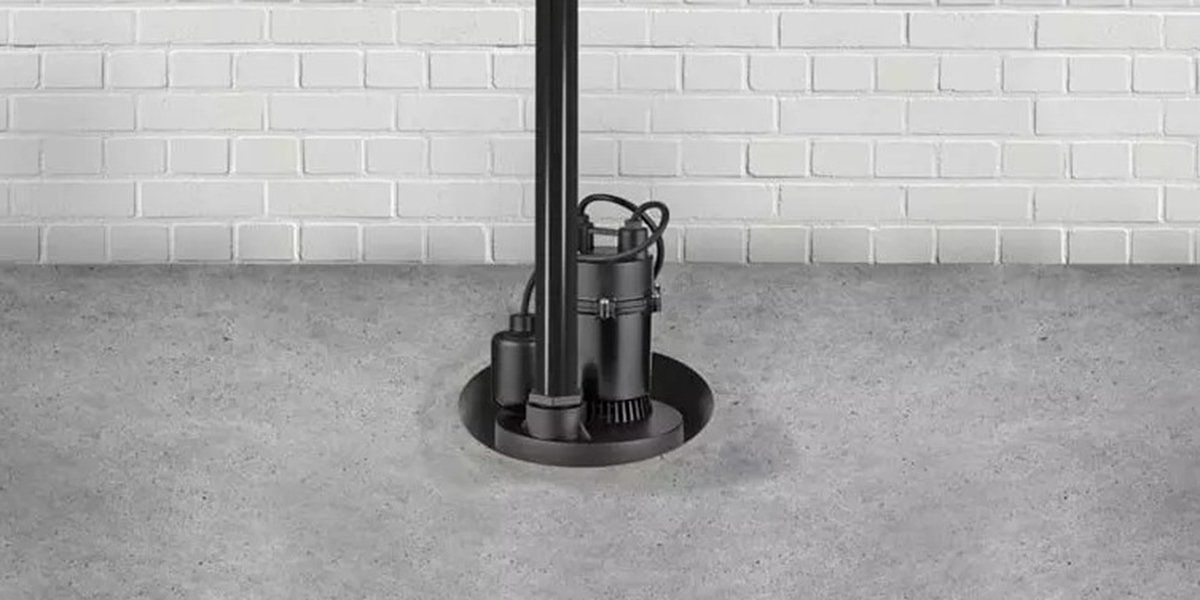How do you actually feel about Cleaning & Maintenance Tips for Your Home's Sump Pump?

Sump pumps are crucial parts in several homes, particularly in areas vulnerable to flooding or excessive wetness. They assist protect against water damage by efficiently eliminating excess water from cellars or crawl spaces. However, like any other appliance, sump pumps call for routine upkeep to ensure they function efficiently when required one of the most. Cleaning your sump pump is a crucial part of its maintenance, and comprehending how to do it correctly can save you from expensive repairs and prospective disasters.
Introduction
Preserving a tidy sump pump is vital for its appropriate performance and durability. Disregarding this crucial job can result in blockages, malfunctions, and eventually, water damage to your building. Consequently, finding out just how to clean up a sump pump is critical for house owners who rely on these gadgets to maintain their cellars completely dry and protected.
Indicators of a Dirty Sump Pump
Understanding when your sump pump needs cleaning is critical for avoiding potential breakdowns. Some usual indications that show a dirty sump pump include strange noises throughout operation, lowered water flow, and visible particles in the pit. If you observe any of these signs, it's important to cleanse your sump pump quickly to avoid any kind of more problems.
Planning for Cleansing
Before you begin cleansing your sump pump, it's necessary to take some safety and security precautions. Beginning by shutting down the power to the pump to avoid any electrical crashes. Additionally, wear suitable protective gear, such as gloves and goggles, to shield yourself from dirt, particles, and prospective virus.
Recognizing the Sump Pump
Prior to diving into the cleaning process, it's necessary to have a basic understanding of just how a sump pump works. Usually mounted in a pit or basin listed below the cellar floor, a sump pump includes a number of crucial components, including a pump, a float button, and a discharge pipeline. When water collects in the pit, the float switch triggers the pump, which then pumps the water out via the discharge pipe, away from the building's structure.
Step-by-step Overview to Cleaning a Sump Pump
Shutting Off the Power
Begin by detaching the power supply to the sump pump to stop any kind of crashes while cleaning.
Checking for Appropriate Functioning
Before re-installing the pump, do a quick examination to guarantee that the float switch activates the pump correctly. Put some water right into the sump pit and observe the pump's operation. If everything is working appropriately, you can reconstruct the pump and reconnect the power supply.
Removing Particles and Dirt
Utilize a container or a scoop to eliminate any kind of noticeable particles, dust, or debris from the sump pit. Dispose of the particles appropriately to prevent it from clogging the pump or the discharge pipe.
Cleaning the Pump and Drift Switch Over
When the pit is free from debris, carefully remove the pump from the pit. Inspect the pump and the float switch for any type of indicators of damages or wear. Use a soft brush or fabric to clean the surface areas and get rid of any collected grime.
Purging the System
After cleaning the pump and float button, flush the sump pit with clean water to eliminate any kind of staying dust or debris. This will help ensure that the pump operates efficiently and effectively.
Maintenance Tips to Maintain Your Sump Pump Clean
In addition to regular cleansing, there are several upkeep tips you can follow to maintain your sump pump in ideal condition:
Conclusion
Cleaning your sump pump is a critical element of its maintenance and ensures that it runs successfully when you need it the most. By complying with the steps outlined in this guide and integrating normal maintenance right into your regimen, you can extend the life-span of your sump pump and shield your home from water damage.
How To Inspect And Clean A Sump Pump
There are a few things you may want to look for when inspecting your sump pump. These include:
Leaks: If you notice any leaks around the sump pump, it likely needs to be repaired or replaced. Mud or Water: If there is any mud or water around the sump pump, it’s likely that it’s not working properly and needs to be cleaned. Noises: If you hear any strange noises coming from the sump pump, it may be indicative of a problem. Next, you’ll need to clean the sump pump. If you notice any of these issues, it’s best to clean the sump pump as soon as possible. To do this, you’ll need to remove the pump from its housing. Be sure to have a bucket handy to catch any water that may spill out. Once the pump is removed, use a brush or a spray nozzle to clean off all of the mud and debris. You may also want to check the impeller for damage or wear and tear. If you find any damage, you’ll need to replace the pump.
Once the pump is clean, reattach it to its housing and replace any parts that were removed. Be sure to test the pump before putting everything back in place. Once everything is back in order, put the cover back on the sump pit and refill it with water.
https://elekplumbing.com/blog/how-to-inspect-and-clean-a-sump-pump/

We were made aware of that editorial on from a good friend on a different web page. If you enjoyed reading our blog entry please do not forget to pass it around. Many thanks for your time spent reading it.
Call Today